Outer Space & Universe
Outer Space & Universe
Space, also known as outer space, is the near-vacuum between celestial bodies. It is where everything (all of the planets, stars, galaxies and other objects) is found.
On Earth, space begins at the Kármán line (100 km above sea level). This is where Earth's atmosphere is said to stop and outer space begins. This is not a firm boundary but is a convention used by scientists and diplomats.
Items in space are free to move back and forth; up and down; and left and right. These three dimensions are what make 3D space. Items also move forward through time, which is sometimes called the fourth dimension.
The majority of space contains very little matter and so most of it is a vacuum. Scientists do not know how big space is but we do know that space is extremely big, and is always expanding.
According to the big bang theory, all matter and energy in the Universe was compressed into a very small space. Then it exploded and started expanding. Space is still growing in size today; this means the distance from one galaxy to distant galaxies is getting longer.
Gravity is the force that keeps the Moon in orbit around the Earth and the planets in orbit around the Sun. Gravity can stretch and bend space similar to how a heavy ball placed on a stretched sheet of rubber will cause the rubber to stretch. The scientist who discovered that space can bend is named Albert Einstein. How gravity bends space is part of his theory of general relativity.
Astronauts, Cosmonauts, Taikonauts and Spationauts
An astronaut is any person who is trained by NASA to travel and perform tasks in space. Although the space traveler may not necessarily be a United States citizen, each astronaut does go through a rigorous training regiment by the National Aeronautics and Space Administration. Other space travelers go by other names then astronaut depending on their country of origin.
In the United States, astronaut is derived from the Greek words ástron (star) and nautis (sailor). While, in Russia, a space traveler goes by the name космонавт (English: cosmonaut), which is derived from the Greek words kosmos (universe) and nautis (sailor). Westerners call a space traveler from China a taikonaut, based on the 1998 writings of Chiew Lee Yik and Chen Lan where the term tàikōng (great emptiness), Chinese for “space”. In China, the term yuháng yuán (universe navigator) is used for space traveler.
Only the United States of America (United States), Russia (earlier, the Union of Soviet Socialist Republics), and the People’s Republic of China (China) have sent manned spacecraft into space. Other countries have assisted these countries by sending their own space travelers on space missions. For instance, a French space traveler is called a spationaut (from the French word spationaute), which is derived from the Latin spatium (space) and Greek nautis (sailor). (plural in Greek nautes = sailors)
-
03:30
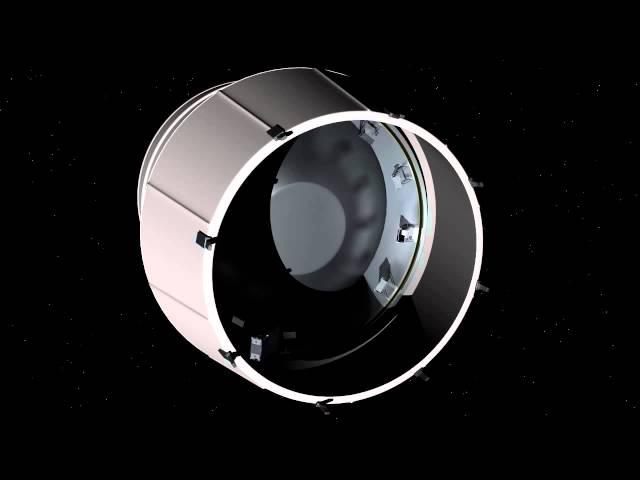
First NASA SLS Will Launch Moon-Bound Orion and Asteroid Scout | Video
Added 699 Views / 0 LikesFirst NASA SLS Will Launch Moon-Bound Orion and Asteroid Scout | Video
-
03:37

THORnews Weird Weather Watch! Wind Dragon inbound to USA Pacific Coast!
Added 819 Views / 0 LikesTHORnews Weird Weather Watch! Wind Dragon inbound to USA Pacific Coast!
-
04:20
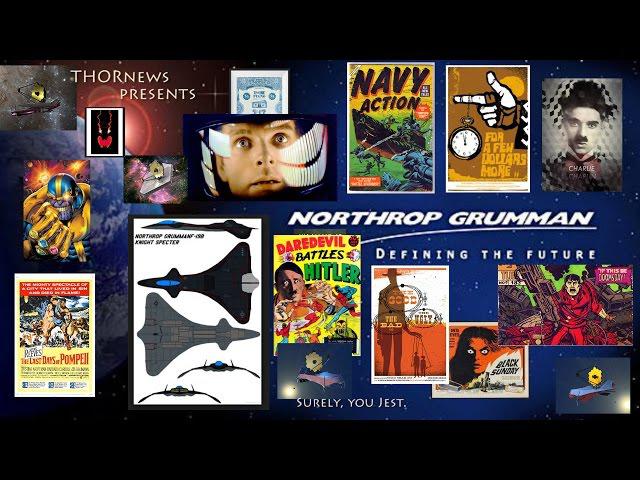
Astronomy & Science Journalism & JWST - Part 1 -Surely, you Jest.
Added 849 Views / 0 LikesAstronomy & Science Journalism & JWST - Part 1 -Surely, you Jest.
-
01:24
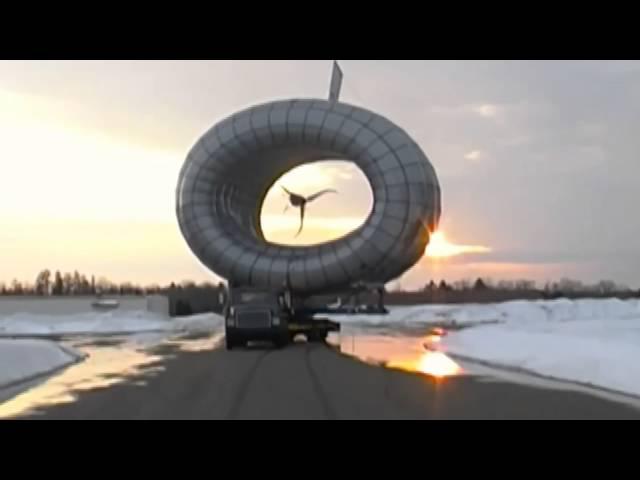
Airbone Wind Turbine Generates More Power Safely | Video
Added 597 Views / 0 LikesAirbone Wind Turbine Generates More Power Safely | Video
-
02:41
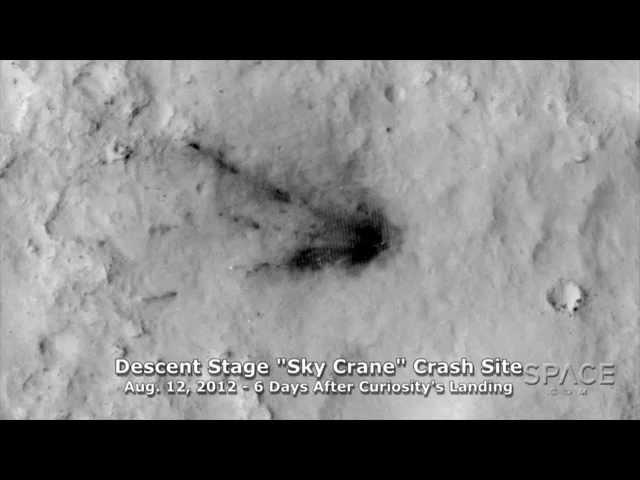
Mars Orbiter Checks In On Curiosity Parts | Video
Added 753 Views / 0 LikesMars Orbiter Checks In On Curiosity Parts | Video
-
01:39
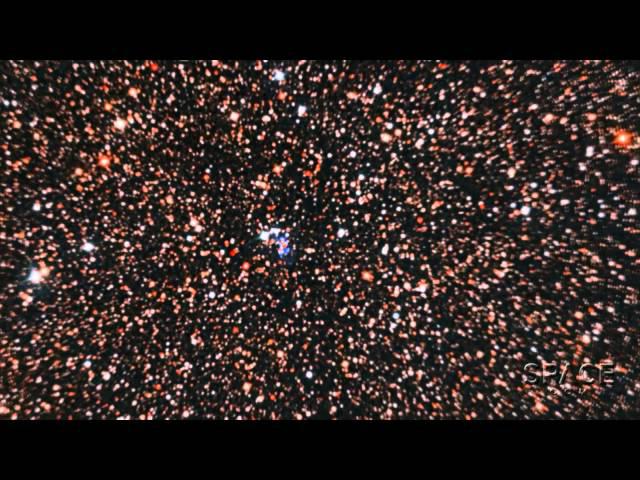
Nova Spotted In 1670 Was Actually Rare Stellar Collision | Video
Added 732 Views / 0 LikesNova Spotted In 1670 Was Actually Rare Stellar Collision | Video
-
04:26
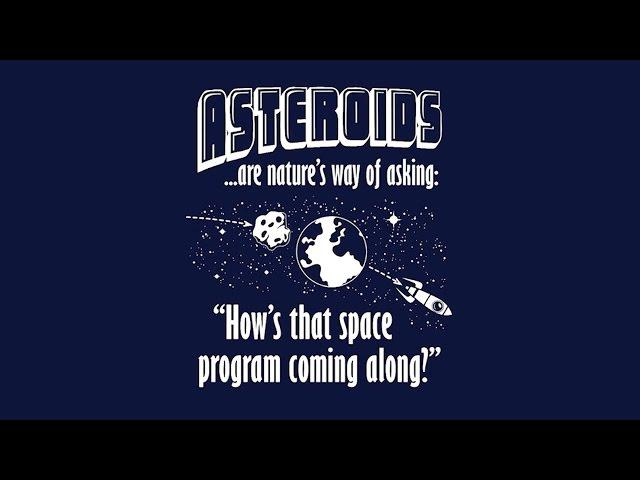
NASA wants to give the Moon a Moon. LOL wut?
Added 673 Views / 0 LikesNASA wants to give the Moon a Moon. LOL wut?
-
04:11

THORnews: Hotel Shenanigans & Fandango
Added 709 Views / 0 LikesTHORnews: Hotel Shenanigans & Fandango
-
06:54
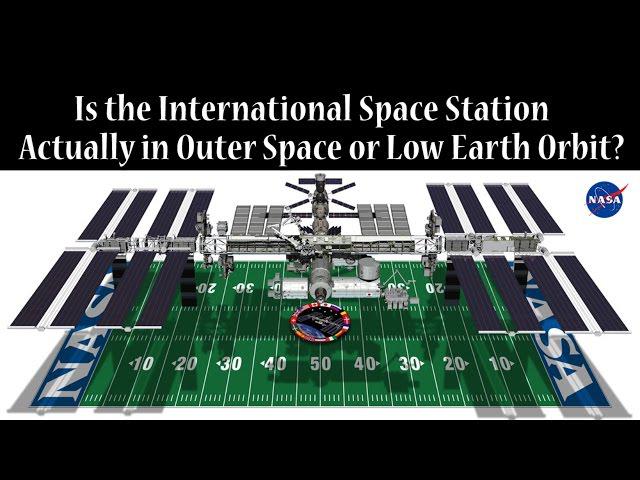
Is the ISS actually in Outer Space?
Added 787 Views / 0 LikesIs the ISS actually in Outer Space?
-
05:21
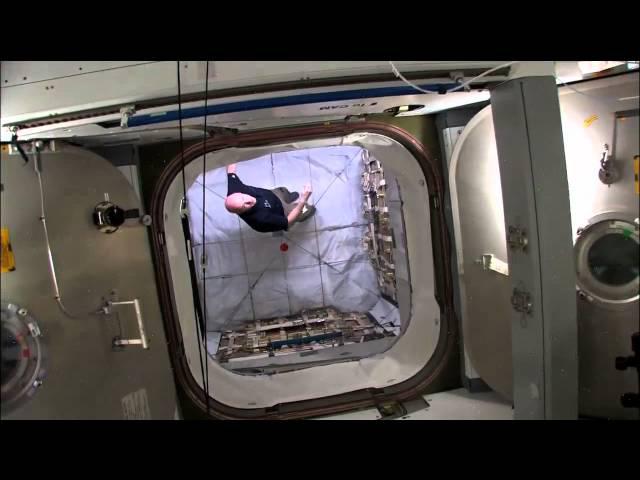
One-Year Space Station Mission Huge Step To Mars | Video
Added 718 Views / 0 LikesOne-Year Space Station Mission Huge Step To Mars | Video
-
02:01
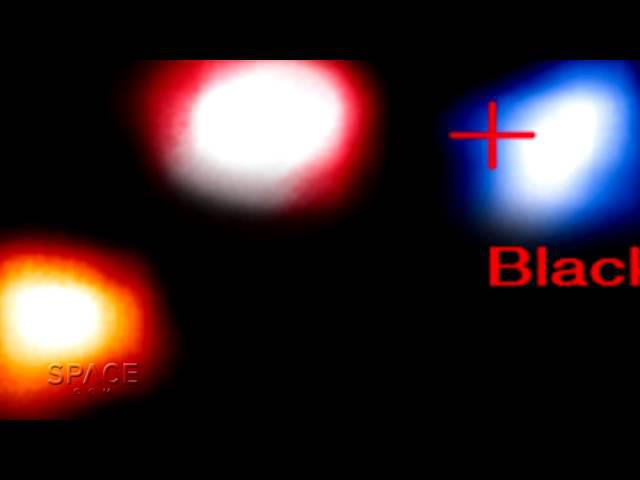
Surprising Star Survives Supermassive Black Hole | Video
Added 855 Views / 0 LikesSurprising Star Survives Supermassive Black Hole | Video
-
11:14
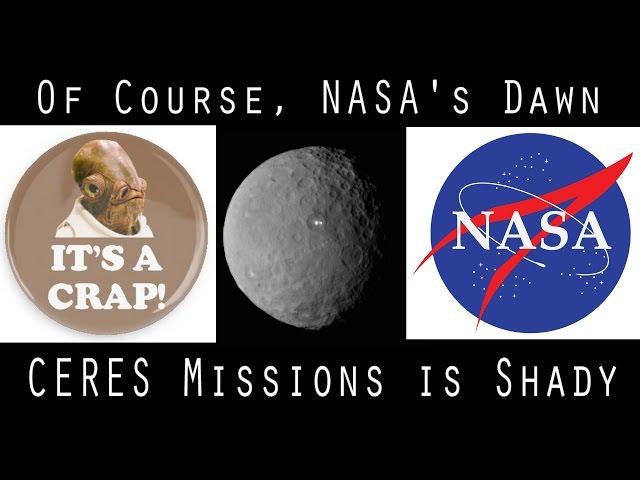
NASA's CERES Dawn mission is Shady.
Added 823 Views / 0 LikesNASA's CERES Dawn mission is Shady.
-
01:27

First Mission to Solar System’s 'Third Zone' - Kuiper Belt
Added 747 Views / 0 LikesFirst Mission to Solar System’s 'Third Zone' - Kuiper Belt
-
00:58
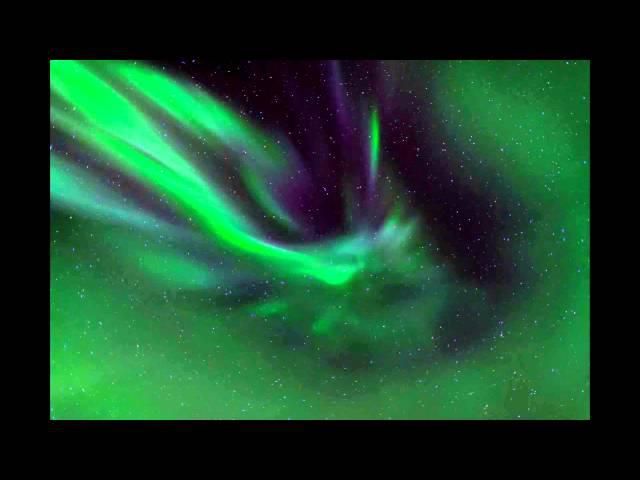
Rare Aurora 'Corona' Over Sweden From Restless Sun | Video
Added 730 Views / 0 LikesRare Aurora 'Corona' Over Sweden From Restless Sun | Video
-
03:23
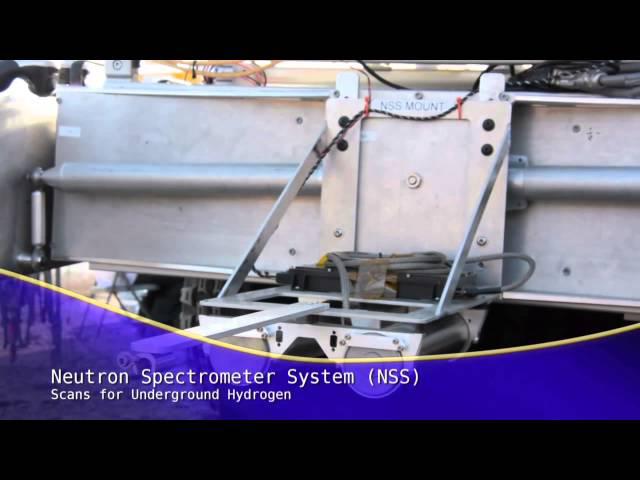
Search for Alien Water Begins in Mojave Desert | Video
Added 708 Views / 0 LikesSearch for Alien Water Begins in Mojave Desert | Video
-
09:21

Alert! Danger! New 3D printer take us one step closer to the Singularity!
Added 732 Views / 0 LikesAlert! Danger! New 3D printer take us one step closer to the Singularity!
-
12:13
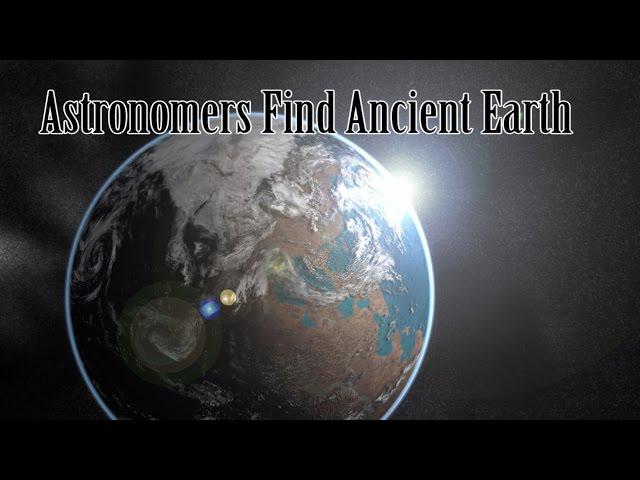
Astronomers find an Ancient Earth! 1 pixel science is amazing!
Added 757 Views / 0 LikesAstronomers find an Ancient Earth! 1 pixel science is amazing!
-
01:09
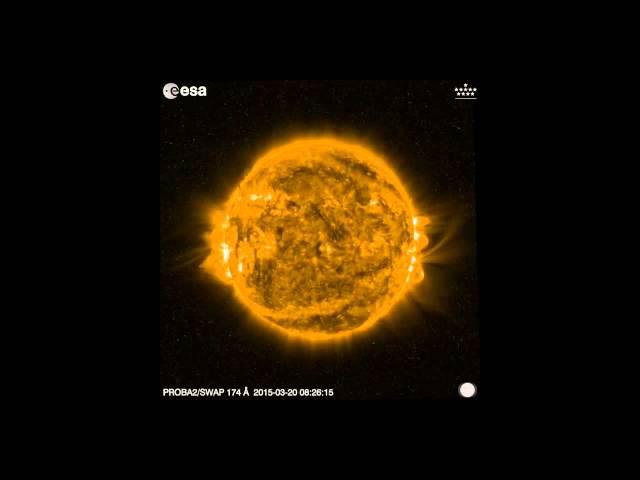
Total Eclipse Snapped By Satellite | Time Lapse Video
Added 816 Views / 0 LikesTotal Eclipse Snapped By Satellite | Time Lapse Video
-
02:28
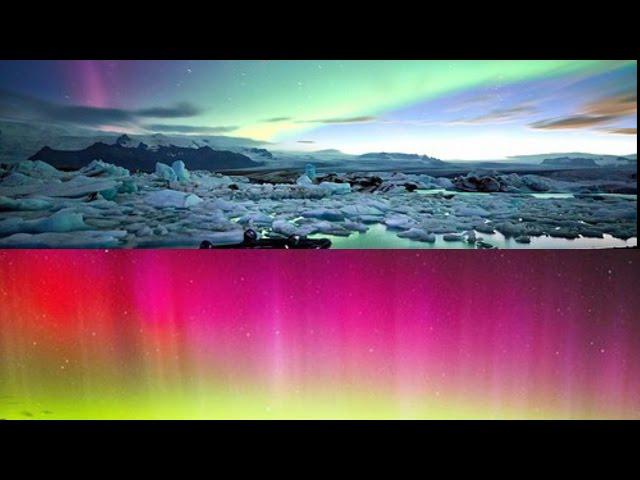
St. Patrick's Day GeoMagnetic Storm lights up the Heavens.
Added 737 Views / 0 LikesSt. Patrick's Day GeoMagnetic Storm lights up the Heavens.
-
01:09
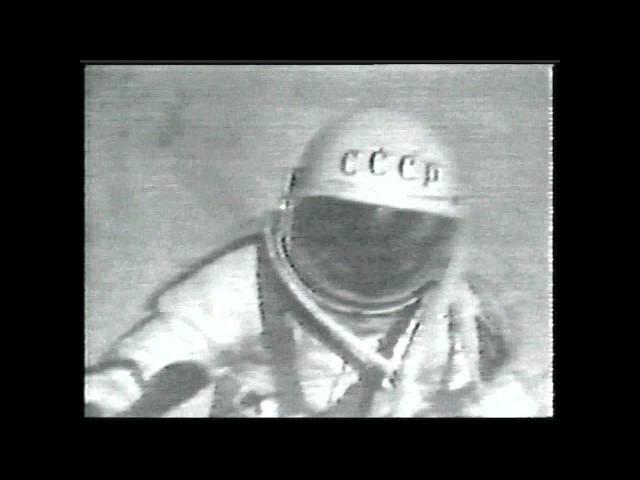
First Human Spacewalker Nearly Died In Space | Video
Added 783 Views / 0 LikesFirst Human Spacewalker Nearly Died In Space | Video
